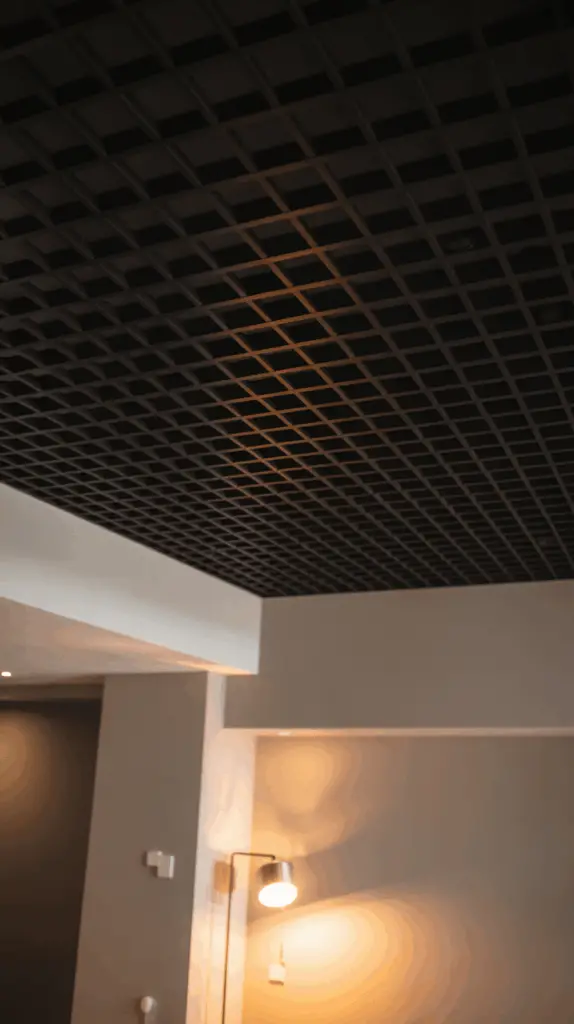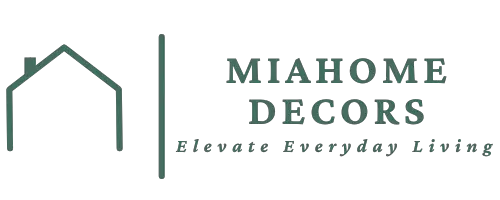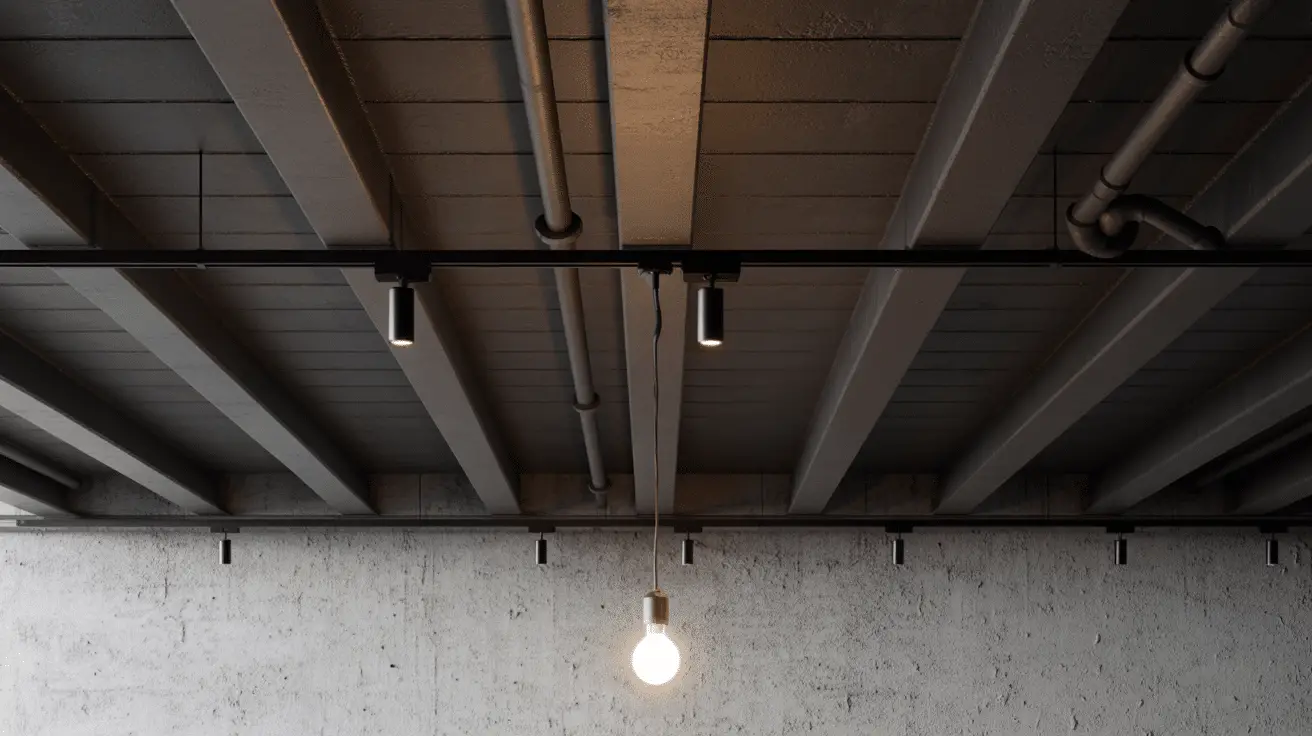DIY Basement Ceiling Ideas to Finish on a Budget Without Sacrificing Style
Table of Contents
DIY Basement Ceiling Ideas to Finish on a Budget
Basement renovations can be some of the most rewarding home upgrades, but finishing the ceiling often presents a dilemma. Do you spend thousands on drywall and professional installation, or settle for exposed beams and pipes? Fortunately, there’s a middle ground—one that’s stylish, functional, and budget-friendly.
According to Remodeling Magazine’s 2024 Cost vs. Value report, basement remodels can deliver up to a 70% return on investment. But to stay on budget, homeowners are increasingly turning to creative DIY solutions—especially when it comes to ceilings. After all, the ceiling takes up a huge visual portion of the room, so why not make it a design feature instead of just an afterthought?
In this post, we’ll explore practical and creative DIY basement ceiling ideas that you can implement without a contractor or major expenses. Whether you’re finishing your basement for a playroom, home theater, guest suite, or personal retreat, these ceiling solutions are affordable and approachable. You’ll learn about cost-effective materials, stylish shortcuts, and clever hacks that hide utilities while adding character to your space.
With the right design and a bit of creativity, you can turn that once-overlooked basement ceiling into a standout feature—without draining your renovation budget.
Exposed Beams and Pipes with a Painted Finish
One of the simplest and most budget-friendly basement ceiling treatments is leaving the joists and pipes exposed—but painting them for a cleaner, intentional look. This industrial-inspired approach is surprisingly stylish and works well in modern, minimalist, and loft-style basements.
Choose a color that aligns with your room’s design vision. Flat black paint is a go-to for creating visual depth while hiding imperfections. For a brighter, more open feel, go with matte white or light gray. A sprayer makes this process faster, but you can also use a roller with an extension for control.
Painting the exposed ceiling not only saves money on drywall or paneling but also preserves access to plumbing, electrical lines, or ductwork. It’s ideal for basements where ceiling height is limited, as it adds no extra bulk.
Table: Painted Exposed Ceiling Pros and Cons
| Pros | Cons |
| Inexpensive (just paint needed) | May not appeal to all aesthetics |
| Easy access to utilities | Can be tricky to fully cover evenly |
| Modern industrial look | Exposed pipes may remain visible |
| Increases ceiling height visually | Needs proper lighting for polish |
Drop Ceiling Tiles with a Modern Twist
Traditional drop ceilings get a bad rap—but today’s options are sleeker, more customizable, and much more affordable than full drywall installations. This system involves a lightweight metal grid that supports decorative tiles or panels, which can easily be installed DIY.
For a modern aesthetic, opt for black grid kits paired with faux wood, metallic, or patterned tiles. Acoustic ceiling tiles are another excellent choice—they’re lightweight, reduce noise, and help conceal pipes and wires while remaining removable for future access.
Drop ceilings are especially practical in basements with low ductwork or irregular beams. Plus, the ability to mix and match tiles allows you to inject personality into the design.
Table: Modern Drop Ceiling Tile Options
| Tile Type | Style Benefit | Budget Range |
| Faux wood plank tiles | Warm, rustic or modern organic look | $$ (Moderate) |
| Tin-look PVC tiles | Vintage glam or eclectic charm | $ (Budget-friendly) |
| Acoustic white tiles | Noise dampening, neutral appearance | $ |
| Black grid + black tiles | Dramatic, seamless finish | $$ |

Budget-Friendly Wood Plank Ceilings with a DIY Touch
Wood plank ceilings add warmth and character to any space, and with some creativity, they can be done affordably—even in a basement. Instead of hardwood, use materials like plywood strips, tongue-and-groove boards, or faux wood panels. Many home improvement stores even sell peel-and-stick or click-in systems designed for ceilings.
If you’re up for a DIY weekend project, consider ripping plywood sheets into 6- to 8-inch-wide strips, sanding and staining them, then installing them directly over joists or furring strips with a nail gun. This creates a continuous, shiplap-style ceiling at a fraction of the cost of real barn wood.
You can paint the planks white for a clean farmhouse look, stain them dark for contrast, or mix tones for a more rustic vibe. Pair with recessed lighting or a central pendant to complete the finished look.
Table: DIY Wood Ceiling Material Comparison
| Material | Look/Feel | Estimated Cost per Sq Ft |
| Plywood planks (DIY cut) | Rustic, customizable | $ |
| Peel-and-stick wood veneer | Easy install, clean look | $$ |
| Tongue-and-groove pine | Classic, warm texture | $$ |
| Faux beam ceiling panels | High-end aesthetic | $$$ |
Fabric-Draped Ceilings for Softness and Style
If you’re looking for a creative and ultra-affordable way to disguise an unfinished ceiling, consider using fabric. This theatrical approach involves suspending lightweight material—like muslin, canvas, or sheer curtains—across the ceiling in gentle drapes or tight pleats.
Use hooks or staples to secure the fabric to exposed beams or adhesive-backed hooks if you prefer a damage-free option. This look is particularly appealing in boho or lounge-style basements, especially if you’re aiming for a cozy or whimsical vibe.
Fabric ceilings not only soften acoustics but also hide pipes and ductwork elegantly. Choose light-colored fabrics to keep the room bright or deep jewel tones for a dramatic, cocoon-like feel.
Table: Fabric Ceiling Ideas by Style
| Fabric Type | Best Style Match | Installation Ease |
| Sheer white voile | Boho, airy, ethereal | Easy |
| Drop cloth canvas | Industrial-chic, rustic | Moderate |
| Velvet panels | Luxe lounge or home theater | Moderate–Advanced |
| Patterned tapestry | Eclectic or artistic spaces | Easy |
Painted Foam Panels for a Lightweight and Elegant Look
Foam ceiling panels are an underrated gem for budget basement makeovers. Lightweight, easy to install, and available in a wide range of decorative styles, they mimic traditional ceiling tiles but cost a fraction of the price.
These panels can be glued directly onto joists or furring strips and are often designed with ornate patterns that replicate plasterwork, tin tiles, or coffered ceilings. Paint them any color to match your aesthetic—soft whites for classic elegance or bold hues for modern flair.
Because they’re made from polystyrene, foam panels also add a layer of insulation and sound dampening. Best of all, they require no professional tools—just adhesive, a measuring tape, and a utility knife.
Table: Advantages of Painted Foam Ceiling Panels
| Benefit | Description |
| Lightweight and safe | Easy for solo DIYers to install |
| Budget-conscious | Very low cost per square foot |
| Customizable finish | Paintable and trimmable |
| Insulative properties | Helps with sound and temperature control |
| Elegant visual texture | Elevates the look of the entire room |
Creative Paneling with Corrugated Metal or PVC
For homeowners who love modern farmhouse or industrial design, corrugated panels can be an unexpected and affordable ceiling solution. Lightweight and easy to source, metal or PVC panels add shine, depth, and texture to a basement ceiling.
Corrugated metal, commonly used for roofing or siding, can be mounted with screws over exposed beams or framing. It reflects light well, making dark basements feel brighter. For a cleaner and safer alternative, try faux metal panels made from PVC that mimic the same look without sharp edges.
You can combine these panels with wood trim or painted supports for a more finished appearance. They’re especially popular in basements repurposed as game rooms, workshops, or masculine lounges.
Table: Corrugated Ceiling Ideas
| Material | Design Vibe | Considerations |
| Galvanized steel | Industrial, bold | Can be noisy without insulation |
| White PVC panels | Clean, farmhouse | Lightweight and water-resistant |
| Aged metal finishes | Rustic or vintage | May require sealing |
| Faux tin PVC panels | Decorative vintage | Budget-friendly and safer |
Conclusion
Finishing a basement ceiling on a budget doesn’t mean sacrificing style or creativity. In fact, the ceiling is the perfect canvas to express your design personality—whether you opt for a painted industrial look, warm wood planks, or soft fabric draping. With the right approach, even the most basic ceiling can become a focal point that enhances your entire space.
By considering your basement’s layout, purpose, and existing structure, you can select a DIY ceiling solution that aligns with both your aesthetic and financial goals. Whether you’re crafting a cozy retreat or an entertainment hub, these ceiling ideas prove that thoughtful design doesn’t have to be expensive.

